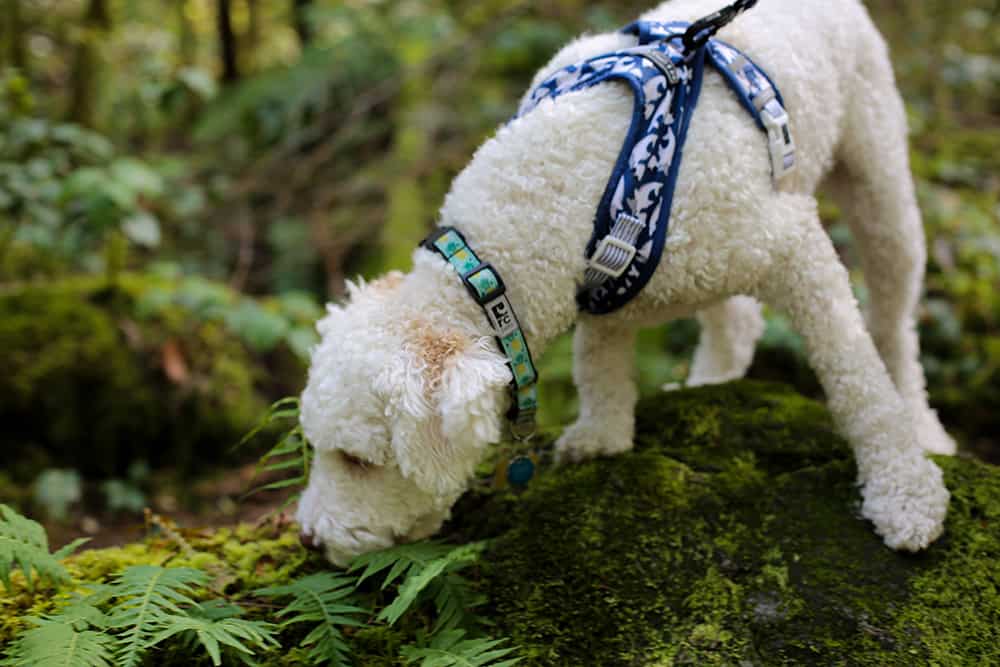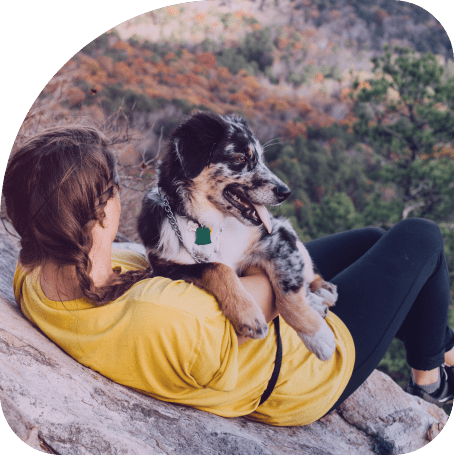Dogs have an amazing sense of smell. This is because dogs have thousands of odor-detecting cells in their noses, compared to humans who have only about five hundred. They use their noses to interact with the world around them, from finding food to playing fetch. Sniffing helps your dog explore its surroundings, and if you’re like most dog owners, you probably give your dog plenty of opportunity to nose around while you’re out and about. Sniffing is an important part of a dog’s life and has many benefits. Here are just a few:
Sniffing allows dogs to learn about their environment.
A dog’s sense of smell is one of the most important tools they have for understanding their environment, as it allows them to understand what is going on around them. When a dog is sniffing, they are taking in information about the world around them. This can help them feel more comfortable in new environments or when meeting new people. Dogs use their sense of smell to figure out where they are, who is in the area, who was in the area, and what is happening. They can identify other animals, detect danger, and find food. They are essentially reading the news section of past and current events when they stop to sniff.
Sniffing can help dogs detect illness or danger.
It has been discovered that dogs are able to detect and provide support for medical conditions in their owners. They have been known to bark or whine when their owners are sick, even if the owners don’t know they are sick. Dogs have been known to be able to detect cancer, diabetes, seizures, and other illnesses – by smelling the difference in the body odor of someone who is healthy and someone who has a medical condition. In addition to medical purposes, dogs are capable of detecting drugs, explosives, and even bombs. And as if this wasn’t enough ways for their sniffing to benefit us, sniffing can help dogs in search-and-rescue operations by helping them locate victims or suspects.
Sniffing aids in dog communication.
Dogs use their sense of smell to communicate with each other in a variety of ways. They can use smells to identify members of their pack, know who’s been in their territory, signal to other dogs feelings of aggression or submission, and much more. By understanding how dogs use their sense of smell, we can better understand dog behavior and train them more effectively. Using their noses to interpret the moods and intentions of other dogs is especially important when they are bonding or playing together.
Sniffing is calming for dogs.
It can provide your dog with psychological comfort and security. When they are stressed or anxious, sniffing can help them relax and feel better. Dogs use their sense of smell to learn about the people around them and to feel more relaxed in their presence. The idea that dogs can feel calm and relaxed after sniffing something is not new – studies have shown just how much sniffing affects a dog’s behavior. In a recent study, dogs were placed in a room with two different objects. One object was associated with calmness, while the other was associated with anxiety. The dogs spent more time sniffing the object associated with calmness, and they also showed fewer signs of anxiety when around that object. With this research we can use the information to our dogs advantage and make sure they are given ample time and opportunity to sniff when out for their daily walks. It is great for their brains, and a great self soothing behavior. Dogs also use sniffing as a displacement behavior; meaning if they sense conflict with a person or another dog or other animal, they will often stop to sniff the ground, or sniff their own body to stall for time and communicate calmness and positive intent.
Lastly, dogs who sniff more tend to be healthier and happier.
According to a new study, dogs that spend more time smelling things are more content and have better overall health. The research, conducted by the University of Liverpool, found that dogs who engage in more scent-based activities have better overall welfare and are less likely to develop obesity and other health problems. This study involved surveying the owners of nearly 400 dogs about their pet’s behavior. The results showed that dogs who spent more time investigating their environment were generally happier and healthier than those who didn’t. In fact, the researchers found that the happiest dogs were those who spent around 50% of their time investigating their surroundings through sniffing. The study also found that the dogs who sniffed more were better socialized, indicating they were happier companions.
In conclusion, make sure you give your dog ample time to use their nose and sniff to their hearts content every, single, day.



